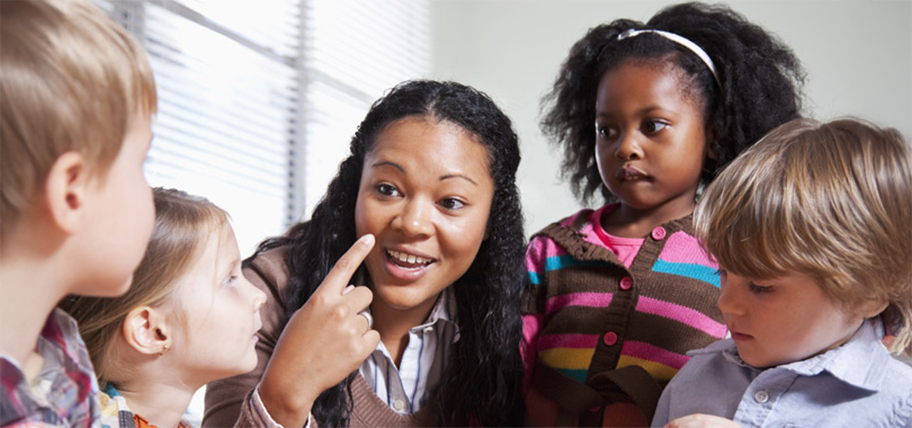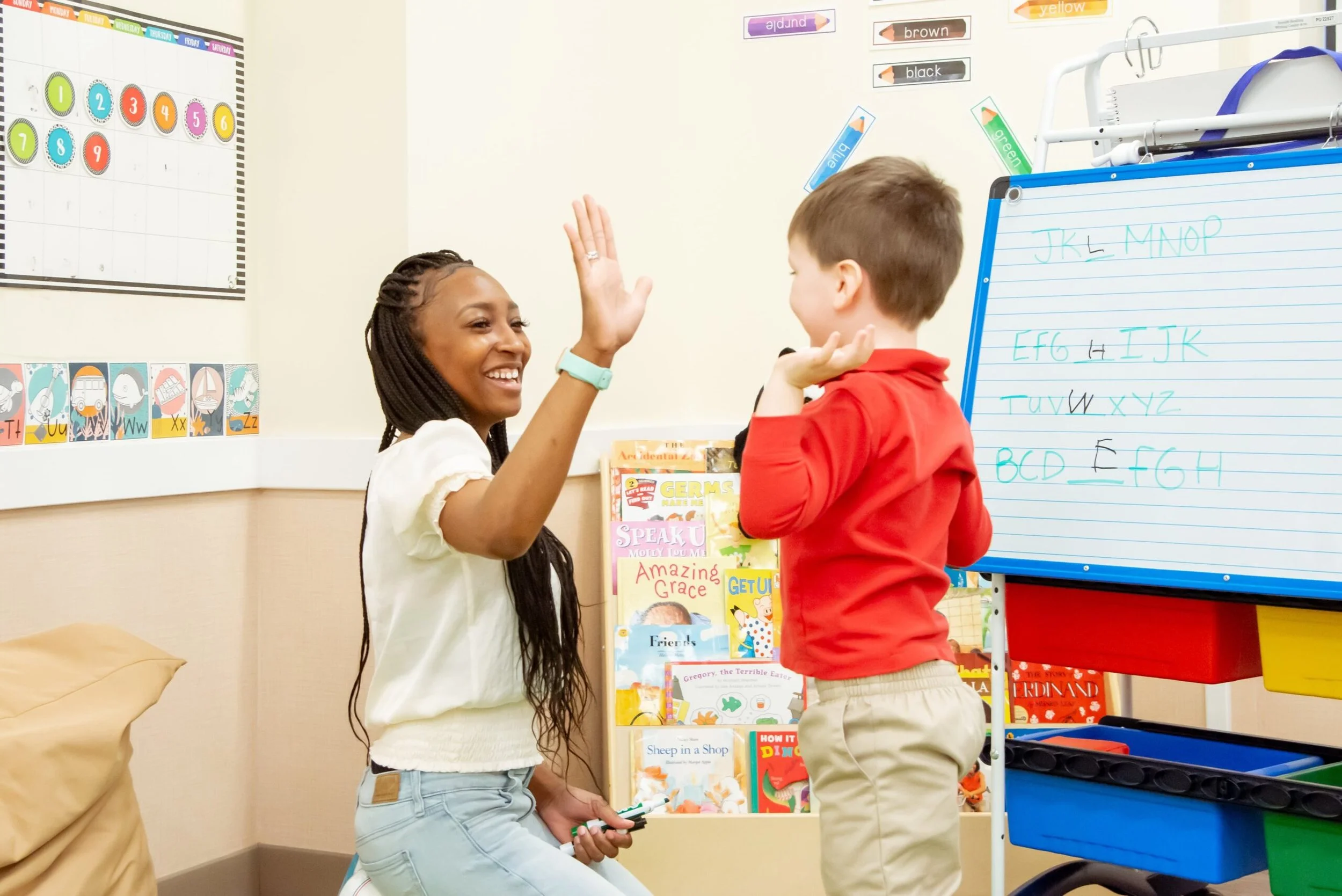How To Be a ‘Supercommunicator‘ in the Classroom
"To teach is to touch lives forever, with each idea, each challenge, each word"
— Jerry Whittle
As teachers, we wear many hats—mentor, motivator, and sometimes mediator. But one of the most critical roles we play is that of a communicator.
How we talk to our students—and how we encourage them to talk to us—can shape not just their academic journey but their sense of self-worth and belonging.
Being a supercommunicator in the classroom isn’t about flashy speeches or perfectly polished lessons. It’s about creating an atmosphere where students feel safe, valued, and inspired to engage.
Let’s dive into how you can use everyday interactions to spark deeper connections with your students, one conversation at a time.
Are any of these questions sound familiar to you?
“How was your weekend?”
“What’s the answer to question three?”
“When is your homework due?”
These questions are common in classrooms, but they often lead to one-word answers that don’t encourage meaningful dialogue. To foster connection, shift your questions from surface-level to thought-provoking.
(Quick) Q-Tips on How To Be a ‘Supercommunicator‘ in the Classroom:
Instead of asking, “Did you understand the lesson?” try:
“What part of today’s lesson surprised or challenged you the most?”
“Can you share one thing from class that connects to your life outside of school?”
These kinds of questions move beyond surface-level check-ins and invite students to reflect but also show them that you’re genuinely interested in their thoughts and experiences—not just their grades.
If we’re being honest, teachers are used to multitasking—grading papers, managing behavior, and teaching all at once. But when it comes to communication, there’s no substitute for giving students your full attention.
When a student opens up to you, whether about a challenging topic or a simple concern, focus on listening. Put the red pen down, make eye contact, and resist the urge to jump in with solutions right away.
Imagine a student says, “I’m so bad at math. I’ll never get it.”
Instead of responding with, “That’s not true, you just need to try harder” try something like:
“Math can feel tough sometimes. What’s the part that’s tripping you up the most?”
“I hear you. Can you tell me more about what makes it feel that way?”
This approach validates their feelings while opening the door to understanding their struggles better. When students feel heard without judgment, they’re more likely to trust you and stay engaged.
But not every conversation in the classroom is the same—and that’s okay! Some discussions are practical (focused on tasks and actions), while others are emotional (centered on feelings) or relational (about belonging and identity).
The key to being a supercommunicator is recognizing the type of conversation you’re in and responding accordingly. For example:
If a student says, “I’m overwhelmed with homework” they might need an emotional response like, “That’s a lot to manage—how are you feeling about it all?” before jumping into practical advice.
If a student says, “No one in class wants to be my partner” they might need relational reassurance like, “I’m so sorry you feel that way—what can we do together to make you feel more included?”
By aligning your response to the student’s needs, you foster trust and make each conversation more impactful.
More Practical Tips:
Supercommunication doesn’t always happen in the middle of a lesson or during a big class discussion. Often, it’s the little moments that matter most:
Greeting students at the door: A simple, “Hey, how’s your day going?” can set a positive tone for the entire class.
Acknowledging effort: Instead of just saying “Good job” try, “I noticed how much thought you put into that essay—it really shows.”
Checking in during transitions: Use the few minutes between activities to ask, “How are you feeling about this unit so far?”
These tiny shifts can create a ripple effect, turning your classroom into a space where every student feels seen and valued.
Curiosity is Contagious
If you want your students to be curious, start by modeling it yourself.
Let them see your genuine interest in their ideas and experiences. When a student shares something, follow up with, “That’s so interesting—what made you think of that?” or “Tell me more about how you came to that conclusion.”
Your curiosity not only validates their contributions but also encourages them to stay curious about the world around them. And when students feel that their voices matter, they’re more likely to engage deeply with their learning.
At its core, being a supercommunicator in the classroom isn’t about having all the right answers or perfectly managing every interaction. It’s about creating a space where students feel safe to express themselves, share their struggles, and celebrate their growth.
Because when students know that their teacher cares—not just about their performance, but about them—something magical happens. They start to care too. About learning, about themselves, and about each other.
And isn’t that what teaching is all about?
So, what deep question will you students this week? Let’s start there. Here’s a special freebie waiting just for you to make deeper connection with your students in the classroom 😉 DOWNLOAD FREEBIE HERE




